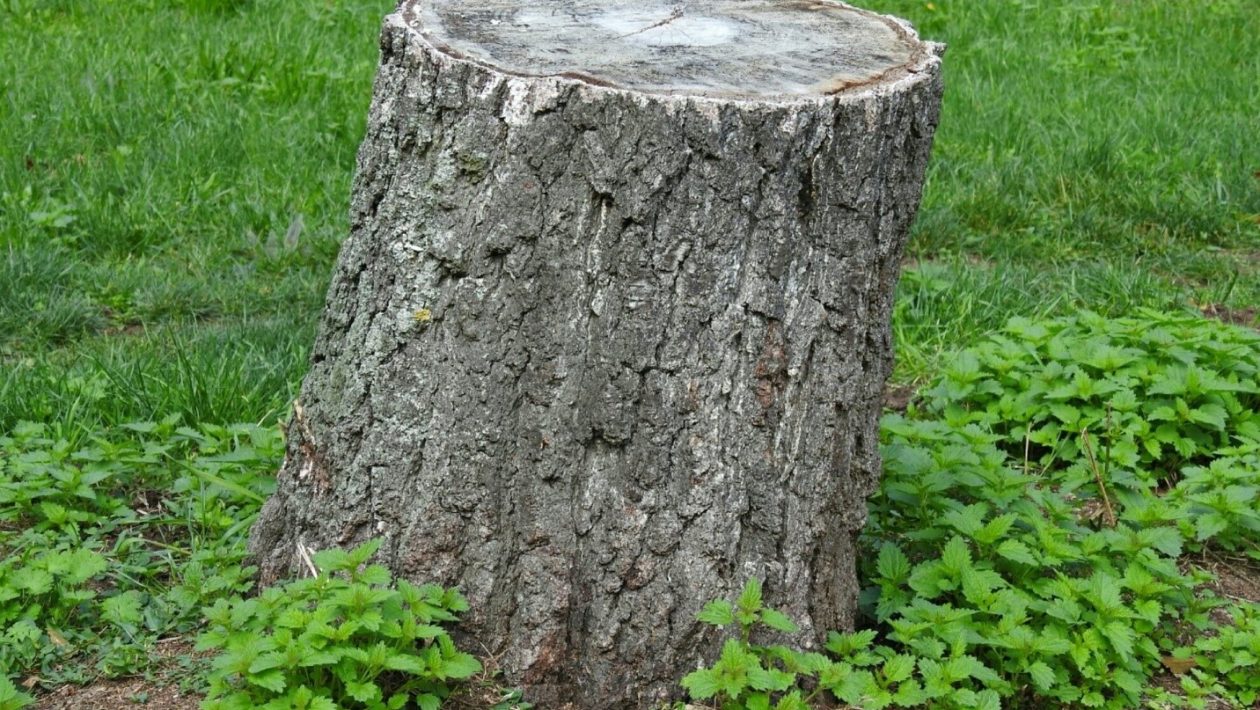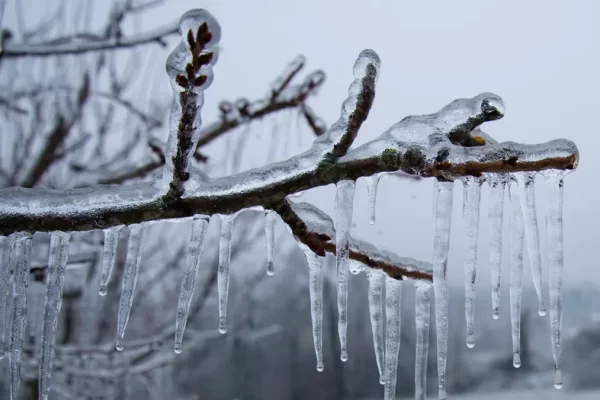Whether you are looking to have a tree removed or just want to cut it down for aesthetic reasons, there are some dangers of removal.
Termites
Termites are a very common wood-boring insect. They can destroy your furniture, wallpaper, and the walls of your house. They also carry pesticides to their colony, which can spread throughout the surrounding area.
The best way to avoid an infestation is to eliminate sources of food and water. This includes the stump of a dead tree. If the stump is too close to your home, it could be a convenient home for termites.
The most important step in preventing an infestation is to find out if you have a tree that is harboring a termite colony. You can do this by locating the tree’s root system. This can provide a tunnel or bridge for the pests to make their way to your home.
Fortunately, most people do not have to worry about an infestation. However, if your tree has been damaged by a hurricane, you might want to consider removing it.
You’ll probably need to call in a professional to do the job. For example, if you live in Albuquerque, call these guys to help. While it’s not a pleasant task, it’s necessary for your health and safety. If you have children, you should also take steps to avoid poisonous chemicals.
Fungi
During the process of tree and stump removal, fungi dangers must be recognized. These fungi can invade the tree’s vascular system and affect its growth. Eventually, the fungus can cause catastrophic damage to the tree if it falls.
Fungal infection can weaken the wood of the trunk and limbs. The weakened wood is more susceptible to rots and can topple the entire plant in a windstorm. The fungus enters the wood through wounds and rots the material. The fungus produces enzymes that weaken the fibers of the wood. The result is spongy wood that can be difficult to re-strengthen.
The white rot fungus is a common fungus that attacks a variety of varied species. You can click here for more information on this topic. It is particularly a threat to hardwoods and conifers.
When the fungus infects a tree, it produces fruiting bodies on the trunk and branches. These fruiting bodies are usually 1 to 10 inches wide. The fruiting bodies are covered with asexual spores called conidia.
Lower property value
Having a tree on your property can improve your livability and boost the value of your home. They also reduce airborne pollutants and cool you down in the summer. A healthy one can reduce your blood pressure, and a spruced-up yard can even improve your emotional health.
Aside from the obvious pruning and trimming, you may want to consider removing dead or dying trees. You will save yourself time in the spring when you need to remove a fallen branch or two.
Having a yard full of shady trees will also reduce your energy bills as they absorb heat and reduce cooling costs. You can click the link: https://www.energy.gov/energysaver/reducing-electricity-use-and-costs for more tips on how to save energy. Having a few conifers around your home can also help you prevent liability from unintentional falls.
The top of the conifer atop your front yard might be a sight to behold, but it’s not the conifer itself that will pique the interest of prospective buyers. Having a spruced-up front lawn is necessary for any homeowner looking to sell their home.
Cost
Depending on the location, the cost of conifer and stump removal will vary. Most professional companies offer a discount if you have more than one stump to remove. The additional costs will include the use of their equipment and labor.
The most cost-effective way to have a stump removed is to hire a professional. Whether you do it yourself or hire a professional, it is important to take the proper safety precautions. Leaving a stump alone can be dangerous.
The cost of conifer and stump removal can be as low as $100 to as high as $2,000 depending on the type of conifer. The height of the conifer is also a major factor. Large conifers require more expertise and special equipment. In rural areas, prices are usually cheaper.


